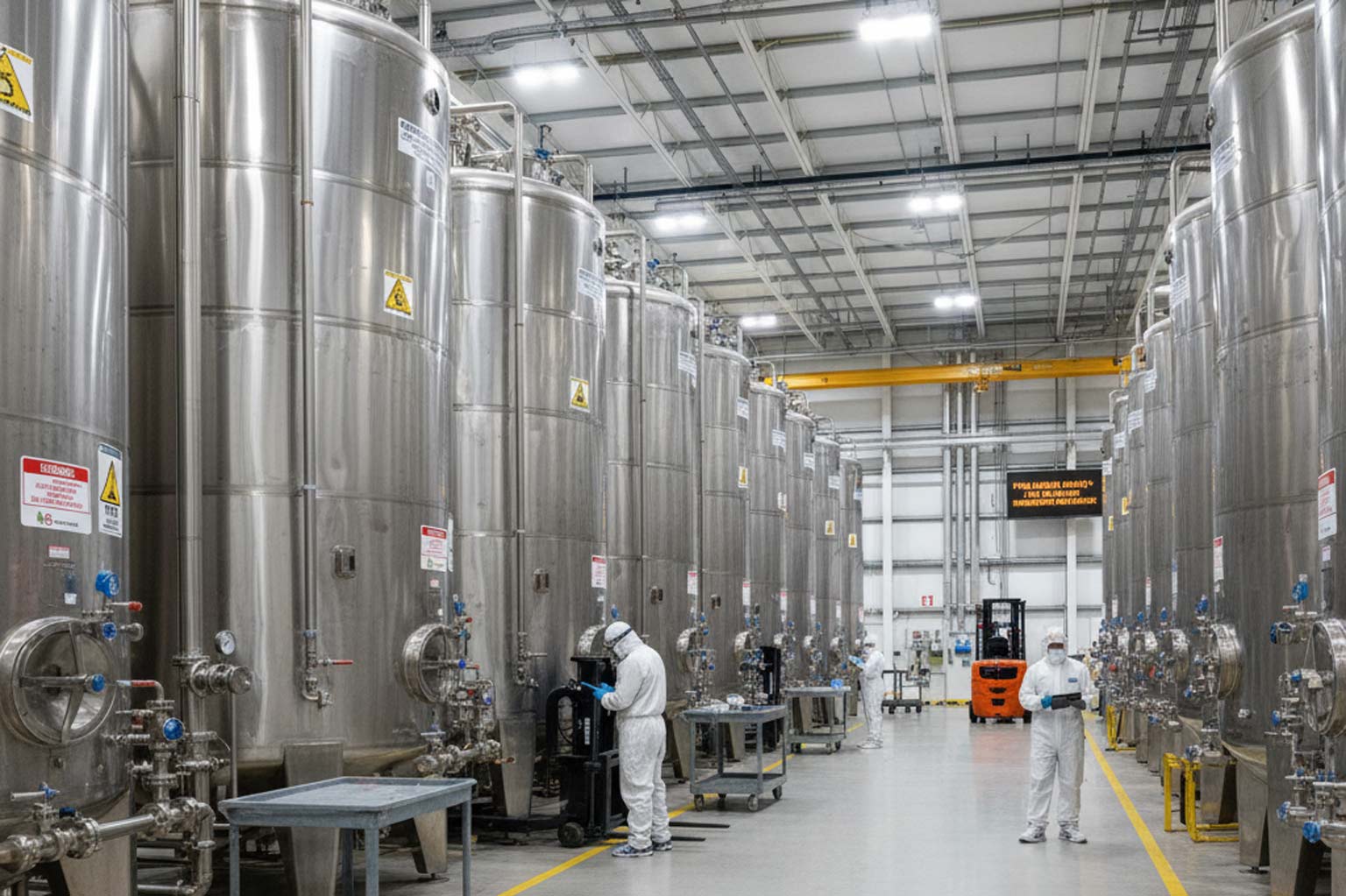As environmental regulations evolve and sustainability requirements intensify, design professionals increasingly scrutinize the chemical composition of construction materials. A recurring concern centers on per- and polyfluoroalkyl substances (PFAS)—synthetic chemicals widely known as "forever chemicals" due to their persistence in the environment.
What Are PFAS and Why Do They Matter?
PFAS represent a class of thousands of synthetic fluorinated compounds engineered for their water-resistant, grease-resistant, and non-stick properties. These chemicals appear extensively throughout modern manufacturing, including:
- Industrial polymer coatings and paints
- Powder coating formulations
- Consumer products (cookware, textiles, cosmetics)
- Fire-suppressing foams
The environmental challenge stems from their molecular stability. PFAS resist natural degradation processes, accumulate in ecosystems, and pose documented recycling complications. Regulatory bodies worldwide have begun restricting PFAS use, prompting specifications that limit or eliminate these substances from building materials.
Hot-Dip Galvanizing: A PFAS-Free Corrosion Solution
Hot-dip galvanizing contains zero PFAS or synthetic fluoropolymers by the fundamental nature of the metallurgical process. The coating consists exclusively of:
- Base steel substrate
- Elemental zinc
- Zinc-iron alloy layers
- Natural zinc corrosion products (zinc patina)
This purely metallurgical composition distinguishes hot-dip galvanizing from organic coating systems. No synthetic polymers, fluorinated compounds, or persistent organic pollutants exist in the zinc coating or form during the galvanizing reaction.
Sustainability Through Natural Recyclability
Beyond being PFAS-free, hot-dip galvanized steel offers exceptional end-of-life sustainability. Both primary coating components—steel and zinc—rank among the world's most recycled materials:
Steel: Maintains magnetic separation capability, enabling efficient recovery from mixed waste streams. Recycled steel retains full structural properties without quality degradation.
Zinc: Recovers during steel recycling operations, with zinc volatilizing in electric arc furnaces for recapture or remaining in the steel matrix. The American Galvanizers Association reports zinc recovery rates exceeding 90% in modern recycling facilities.
This circular economy advantage directly addresses specifier concerns about material lifecycle impacts and resource conservation.
Important Consideration for Duplex Systems
Facilities offering duplex coating systems—hot-dip galvanizing with supplemental organic coatings—should verify the PFAS status of their paint or powder coating products. While the zinc coating itself contains no PFAS, some polymer topcoats may include fluoropolymer additives for enhanced weathering or reduced surface energy.
Fabricators and galvanizers should:
- Request PFAS disclosure documentation from coating suppliers
- Review technical data sheets for fluorinated additives
- Verify compliance with project-specific PFAS restrictions
- Maintain records for sustainability certification submittals
Supporting Green Building Certifications
Sustainability frameworks increasingly require material transparency and environmental impact documentation. Hot-dip galvanizing supports multiple certification pathways through industry-validated declarations:
Environmental Product Declarations (EPD): Provide lifecycle assessment data quantifying environmental impacts from raw material extraction through manufacturing, validated to ISO 14025 standards.
Health Product Declarations (HPD): Disclose material ingredients and associated health impacts, supporting transparency requirements in LEED v4, Living Building Challenge, and WELL Building Standard.
These third-party verified documents enable design teams to:
- Earn LEED Materials & Resources credits
- Meet Declare Label requirements
- Satisfy Living Building Challenge Red List compliance
- Document material health for WELL certification
Technical Transparency in Material Selection
As regulatory scrutiny of PFAS intensifies, specifiers increasingly favor materials with simple, verifiable compositions. Hot-dip galvanizing's straightforward metallurgical nature—pure zinc metallurgically bonded to steel—provides inherent transparency that complex polymer systems cannot match.
For projects requiring PFAS-free documentation, galvanizers can reference:
- Industry EPD and HPD documents
- Material Safety Data Sheets (SDS) confirming zinc and iron as sole coating constituents
- Third-party chemical analysis confirming absence of fluorinated compounds
This technical clarity streamlines specification processes while supporting owner sustainability commitments.
Hot-dip galvanizing delivers durable corrosion protection without PFAS, synthetic polymers, or persistent environmental contaminants. The coating's simple composition—natural zinc alloys on steel—combined with exceptional recyclability positions hot-dip galvanizing as a preferred solution for environmentally conscious projects. As industries transition away from forever chemicals, the galvanizing process stands as an established, sustainable alternative backed by comprehensive environmental documentation. For additional discussion on HDG and Chemicals, read the original AGA resource.



